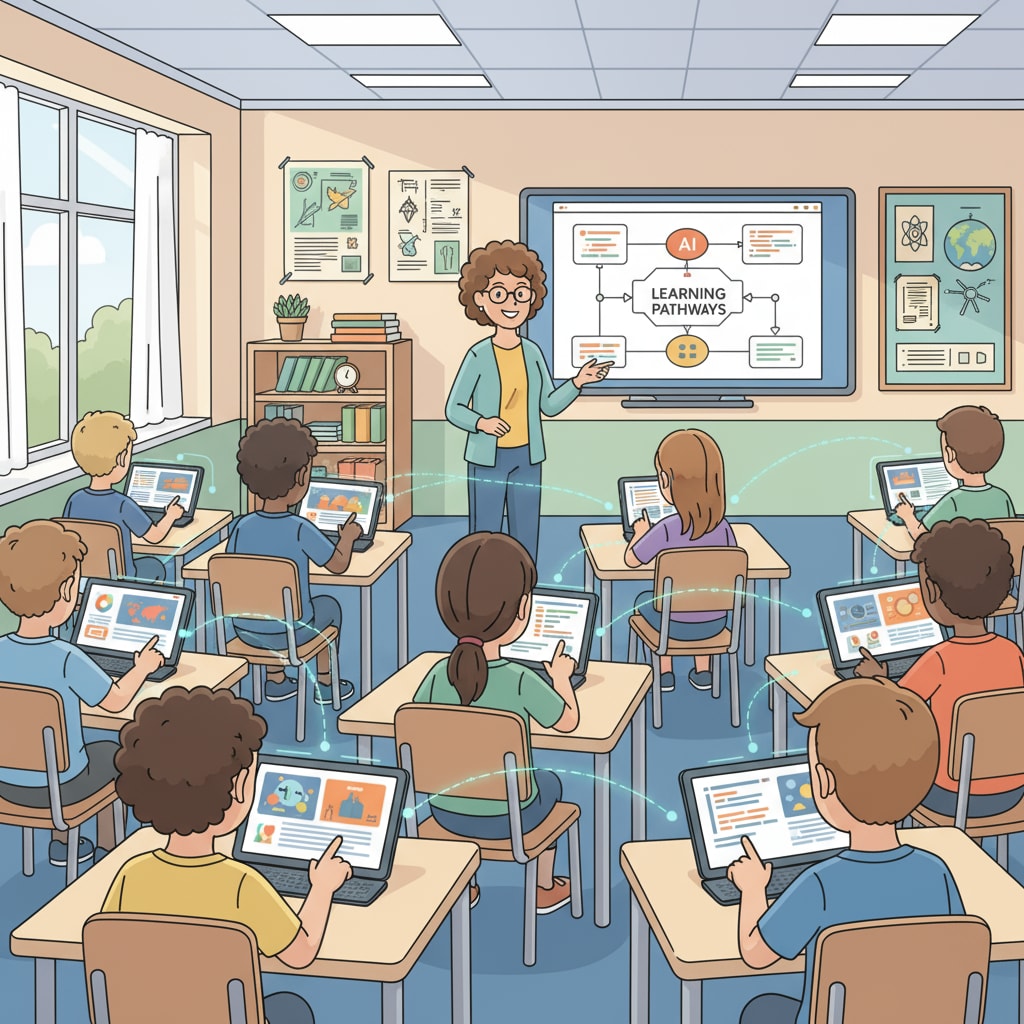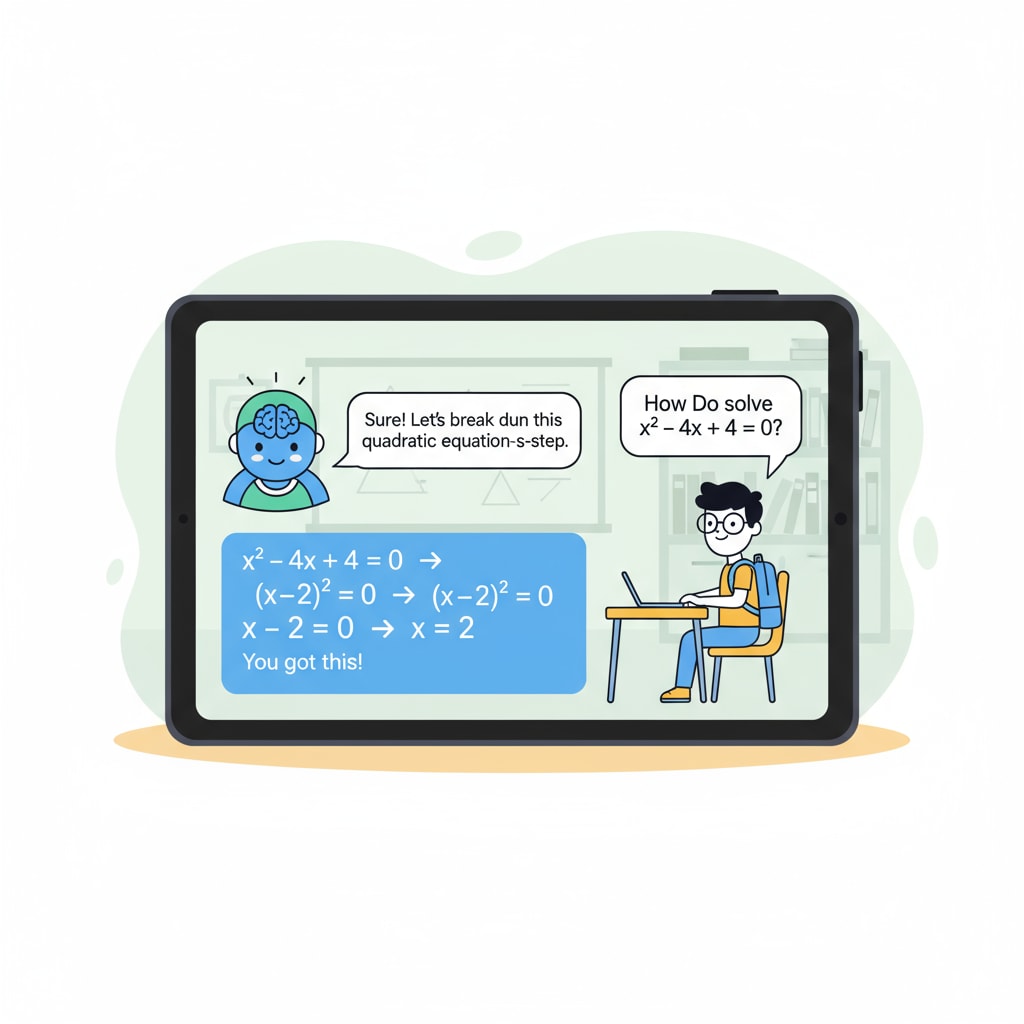Artificial intelligence, as a powerful set of learning tools, is making significant inroads in the field of education. The rapid development of AI has led to a wave of discussions about its role in K12 education. As we embrace this technological advancement, it’s crucial to understand both its appropriate applications and the limitations we need to be aware of.

The Promising Applications of AI in K12 Education
One of the most significant benefits of AI in education is personalized learning. AI algorithms can analyze students’ learning patterns, strengths, and weaknesses. For example, platforms like Khan Academy use AI to adapt the learning content and pace to individual students. This means that each student can receive customized instruction, whether they need more practice in a particular subject or are ready to move on to more advanced topics.
In addition, AI can serve as a 24/7 teaching assistant. Chatbots powered by AI can answer students’ questions, provide explanations, and offer additional resources. This immediate support helps students stay engaged and motivated in their learning journey.

The Potential Limitations of AI in Education
However, there are concerns about over-reliance on AI. Students might become too dependent on these tools, losing the ability to think critically and solve problems independently. For instance, if students always rely on AI to generate answers or complete assignments, they may not develop the necessary skills to analyze and understand complex concepts on their own.
Another limitation is the issue of accuracy. Although AI has made great progress, it’s not infallible. Incorrect information provided by AI could mislead students. Moreover, AI lacks the human touch that is essential in education, such as empathy and emotional connection.
In conclusion, artificial intelligence has the potential to be a game-changer in K12 education as valuable learning tools. By understanding its proper applications and limitations, educators can harness its power to enhance the learning experience while ensuring students develop the skills they need to succeed in the real world.
Readability guidance: The article uses short paragraphs to convey ideas clearly. Each H2 section presents key points in a straightforward manner. The use of examples helps to illustrate concepts, and transition words like “however” and “in addition” are used to connect ideas smoothly.


